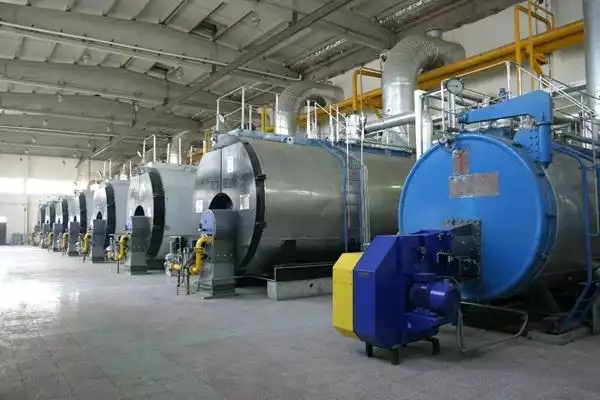
Fangkuai Boiler Introduces New Biomass Boilers >
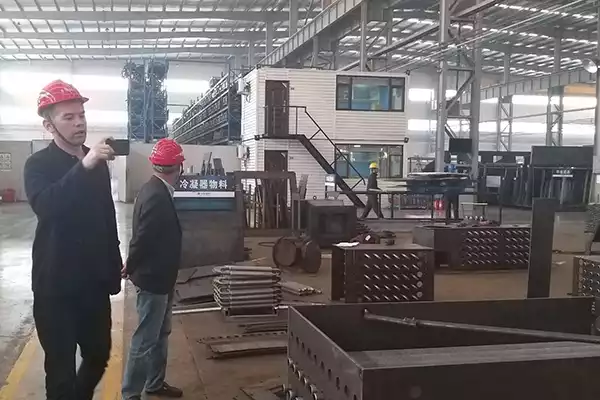
Котельная компания ФангКуай: Leading the Way in Energy-efficient Boiler Manufacturing >
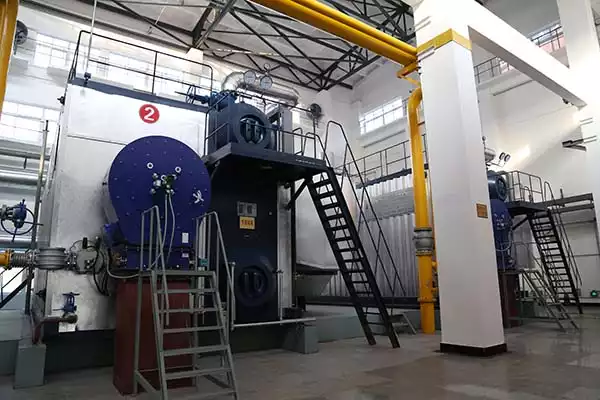
FangKuai Boiler Continues to Lead the Way in Energy-efficient Boiler Manufacturing >

Котлы Фангкуай: A Stable Development in the Overseas Market >
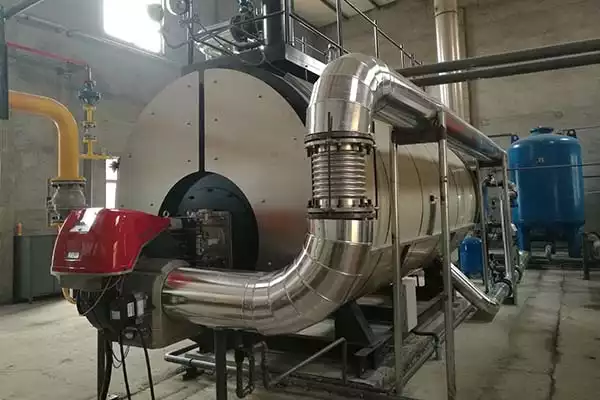
Boost Brewing Efficiency with Fangkuai Gas Boilers & Condensing Water Recovery >
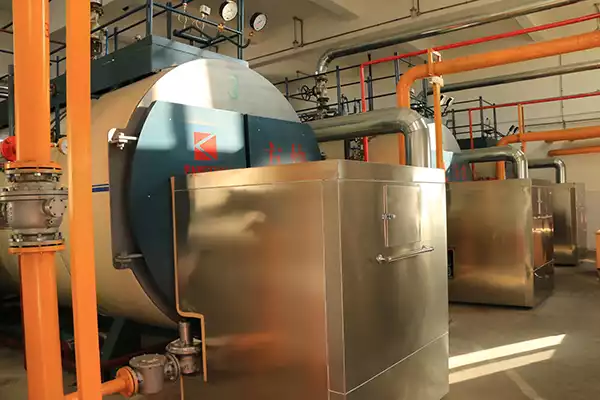
Empowering the Textile Industry in Bangladesh with Fangkuai Dual Fuel Boilers >
.jpg)
Discover the key factors affecting industrial electric steam boiler price, including capacity, давление, и энергоэффективность. Get expert insights to make an informed purchase decision.

Learn the key factors that affect heater boiler replacement costs, including boiler type, размер, installation complexity, и энергоэффективность. This guide helps you make an informed decision and plan your budget effectively for a cost-efficient replacement.

A fire tube steam boiler is a type of boiler in which hot gases pass from a fire through one or many more tubes running through a sealed container of water. The heat of the gases is transferred through the walls of the tubes by thermal conduction, heating the water and ultimately creating steam. This type of boiler is widely used in various industries for heating and power generation.

Installing a heating boiler is a significant investment that directly impacts your home's comfort, энергоэффективность, и долгосрочная экономия. Whether you're upgrading an old system or installing a brand-new boiler, Понимание факторов стоимости, процесс установки, и способы сэкономить деньги имеют решающее значение.
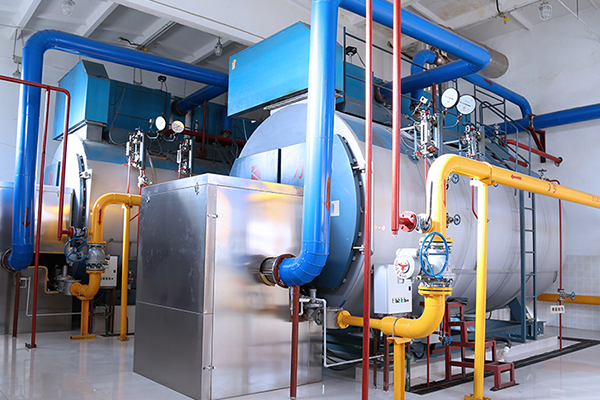
This guide provides a professional overview of steam boilers, covering their types, рабочие принципы, and efficiency to help you make informed decisions.
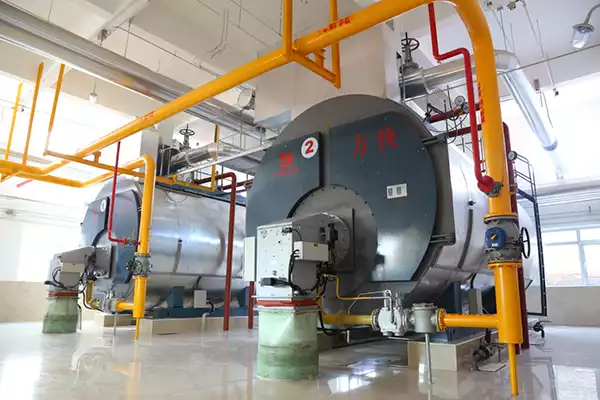
В настоящий момент, we have provided one-stop solutions for manufacturing, монтаж, commissioning, and operation for 200+ отрасли промышленности.
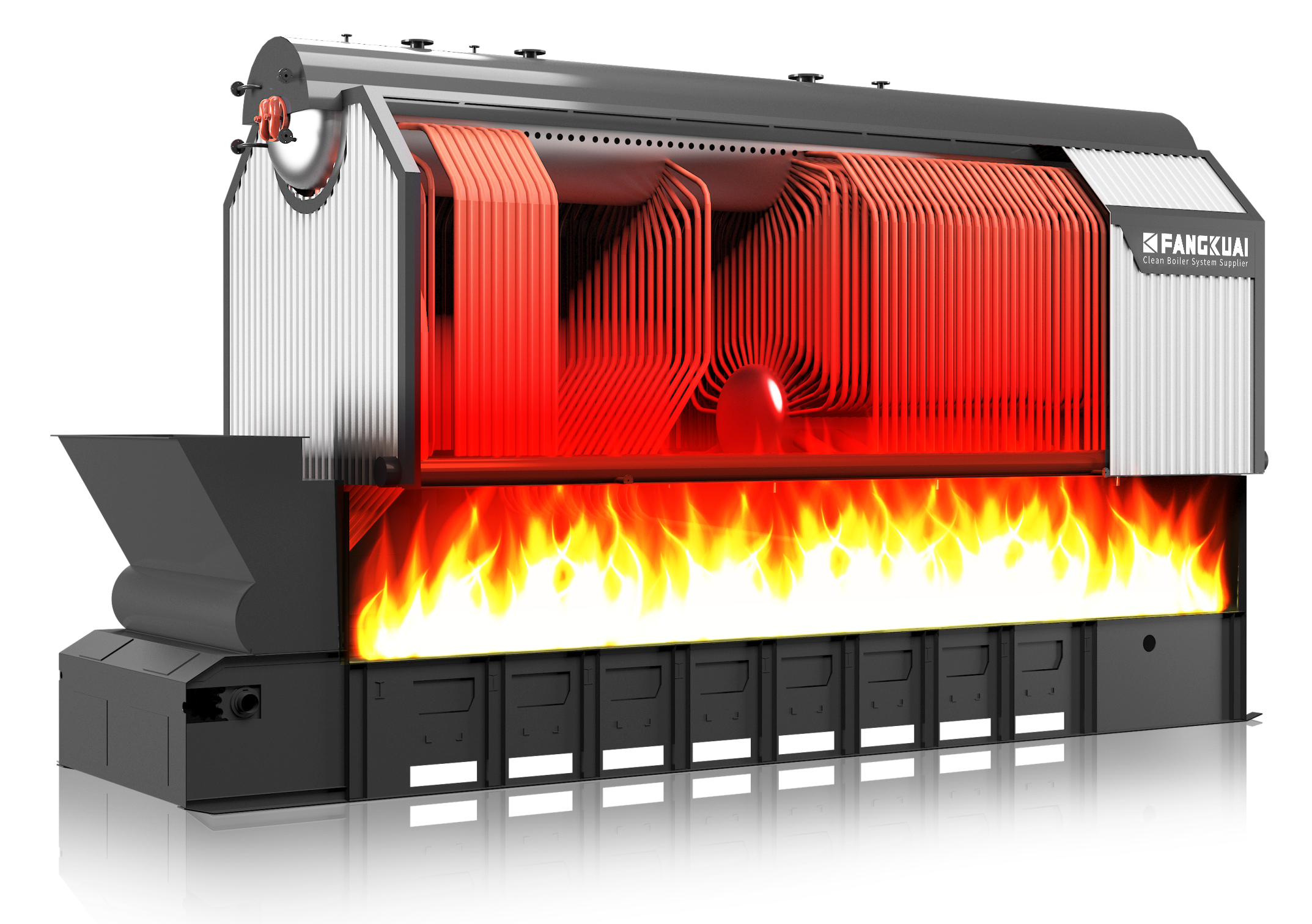
In today’s industrial and commercial sectors, reducing energy consumption and cutting down carbon emissions have become crucial goals for enhancing operational efficiency. Котлы на биомассе, as an efficient and environmentally-friendly energy solution, are gaining increasing popularity among business owners and building managers.
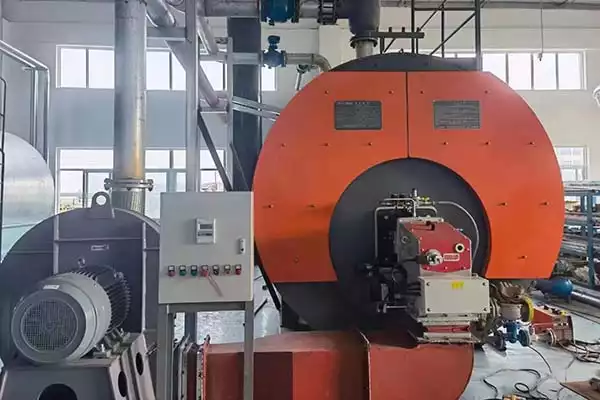
В последние годы, the biomass boiler types that are relatively mature and have more application performance are water-cooled vibrating grate furnaces, circulating fluidized beds and a small number of combined grate boilers. This paper analyzes and compares the characteristics of several boiler types and the influence of moisture, ash and impurities in the composition of biomass fuel on the selection of biomass boilers.
Пошаговое руководство по установке масляного котла
Выберите подходящее место для установки масляного котла, обеспечение достаточного места для котла, масляный бак, и необходимые трубопроводы. Место должно быть легко доступно для обслуживания., хорошо вентилируемый, и соблюдать местные строительные нормы и правила.Установка газового котла: Руководство по эффективному отоплению
Хотите узнать, как правильно установить домашний газовый котел?? Предоставляем подробную инструкцию по установке газового котла., разбивка процесса установки, меры предосторожности, и как обеспечить безопасность. От профессиональной установки до критического обслуживания, мы позаботимся о отоплении вашего дома.как долить воду в паровой котел?
Изучите основные шаги и методы добавления воды в паровой котел.. Откройте для себя значение, меры предосторожности, разные методы, и советы по техническому обслуживанию для поддержания оптимального уровня воды в системе парового котла..7 шаги, которые расскажут вам, как почистить паровой котел
Узнайте об основных шагах и методах эффективной промывки котельной системы.. Узнайте значение, меры предосторожности, разные методы, и советы по техническому обслуживанию для поддержания оптимальной производительности котла.Уровень воды в паровом котле слишком высок: причины, эффекты и решения
Высокий уровень воды в паровом котле может стать проблемой, поскольку может привести к попаданию воды в паропроводы., влияющие на эффективность и безопасность котельной системы. Существует несколько потенциальных причин этой проблемы и шагов, которые вы можете предпринять для ее решения.:Причины и способы устранения неработающего парового котла
паровые котлы иногда перестают работать, что доставляет большие неудобства производству. Так, по какой причине не работает паровой котел? Как мы можем решить эту проблему? Следующий, давайте обсудим это вместе.Как избежать неравномерного нагрева в газовых котлах?
Неравномерность нагрева газового котла относится к явлению неравномерной тепловой нагрузки в одной и той же группе труб поверхности нагрева..В каких случаях необходимо отключить газовый котел?
После некоторых чрезвычайных ситуаций, могут возникнуть некоторые проблемы в процессе эксплуатации газового котла. Оператор котла должен внимательно относиться к газовому котлу., проверять работу котла в режиме реального времени, и при необходимости остановить котел во избежание более серьезных и опасных аварий..
Впросмотреть отзывы наших клиентов
"Я очень впечатлен качеством водогрейного котла Fangkuai.. Он построен на века и превзошел мои ожидания. Процесс установки также был очень гладким, и обслуживание клиентов было превосходным.. Водогрейный котел очень прост в эксплуатации и обслуживании., и энергоэффективность замечательная. Я очень рекомендую водогрейные котлы Fangkuai."
Джек
Австралия"Обслуживание клиентов в Fangkuai на высшем уровне.. Они помогли мне выбрать идеальный котел для моих нужд и оказали большую поддержку на протяжении всего процесса.. Процесс установки также прошел очень гладко, и котел превзошел все мои ожидания.. Он очень прост в использовании и обслуживании, и энергоэффективность замечательная. Я настоятельно рекомендую продукцию Fangkuai всем, кто нуждается в надежных и эффективных решениях для отопления."
Хуан
Мексика"Парогенераторы Fangkuai превосходны.. Они очень просты в использовании и требуют минимального обслуживания.. Обслуживание клиентов в Fangkuai также исключительное.. Они очень отзывчивы и всегда готовы помочь. Энергоэффективность парогенераторов также замечательна., который помог мне сэкономить деньги на счетах за электроэнергию. Я настоятельно рекомендую парогенераторы Fangkuai."
Мария
Испания"Термомасляный котел от Fangkuai очень прост в эксплуатации и обслуживании.. Это помогло нам сэкономить время и деньги на обслуживании, что привело к значительной экономии средств. Качество материалов и конструкция котла исключительны.. Он также очень энергоэффективен, что помогло нам сэкономить деньги на наших счетах за электроэнергию. Я настоятельно рекомендую термомасляный котел Fangkuai. ."
Аллен
Бразилия"Водогрейный котел от Fangkuai потрясающий. Быстро и эффективно нагревается, и вода долго остается горячей. У нас никогда не было с этим проблем, и это значительно улучшило нашу повседневную работу.. Процесс установки также был очень гладким, и обслуживание клиентов было превосходным.. Я очень рекомендую водогрейные котлы Fangkuai."
Сара
Канада"Парогенераторы Fangkuai превосходны.. Они очень просты в использовании и требуют минимального обслуживания.. Обслуживание клиентов в Fangkuai также исключительное.. Они очень отзывчивы и всегда готовы помочь. Энергоэффективность парогенераторов также замечательна., который помог мне сэкономить деньги на счетах за электроэнергию. Я настоятельно рекомендую парогенераторы Fangkuai."
Мария
Испания"Водогрейный котел от Fangkuai потрясающий. Быстро и эффективно нагревается, и вода долго остается горячей. У нас никогда не было с этим проблем, и это значительно улучшило нашу повседневную работу.. Процесс установки также был очень гладким, и обслуживание клиентов было превосходным.. Я очень рекомендую водогрейные котлы Fangkuai."
Сара
Канада"Мы уже много лет используем термомасляный котел Fangkuai на нашем химическом заводе, и он нас ни разу не подвел.. Котел очень прочный и выдерживает суровые условия.. Он также очень прост в эксплуатации и обслуживании, что помогло нам сэкономить время и деньги на обслуживании. Термомасляные котлы Fangkuai являются первоклассными, и я настоятельно рекомендую их всем, кто нуждается в надежных решениях для отопления."
Чанг
Китай"Парогенератор от Fangkuai идеально подходит для моего малого бизнеса.. Он очень прост в использовании и требует минимального обслуживания. Он также очень энергоэффективен, который помог мне сэкономить деньги на счетах за электроэнергию. Обслуживание клиентов в Fangkuai также отличное.. Они очень отзывчивы и всегда готовы помочь. Я настоятельно рекомендую парогенераторы Fangkuai."
Ахмед
Египет